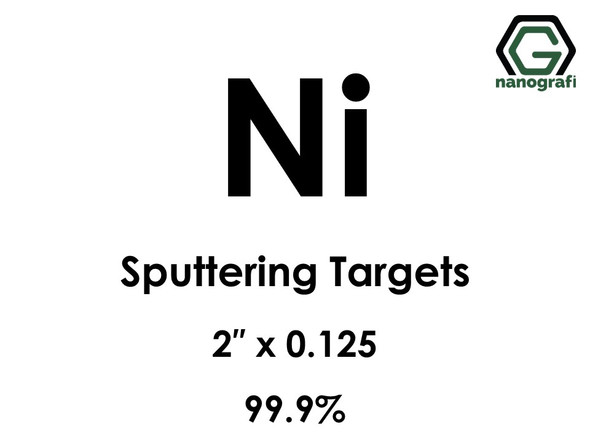Description
1 piece/637 €
Please contact us for quotes on larger quantities !!!
Boron (B) Sputtering Targets
Purity: 99.9%, Size: 4'', Thickness: 0.125''
Sputtering is a proven technology capable of depositing thin films from a wide variety of materials on to diverse substrate shapes and sizes.
The process with sputter targets is repeatable and can be scaled up from small research and development projects. The proses with sputter
targets can be adapted to the production batches involving medium to large substrate areas. The chemical reaction can occur on the target
surface, in-flight or on the substrate depending on the process parameters. The many parameters make sputter deposition a complex process
but allow experts a large degree of control over the growth and microstructure of the area.
Applications of Sputtering Targets;
- Sputtering targets is used for film deposition. The deposition made by sputter targets is a method of depositing thin films by sputtering
that involves eroding material from a "target" source onto a "substrate" such as a silicon wafer. - Semiconductor sputtering targets is used to etch the target. Sputter etching is chosen in cases where a high degree of etching anisotropy
is needed and selectivity is not a concern. - Sputter targets is also used for analysis by etching away the target material.
One of the example occurs in secondary ion spectroscopy (SIMS), where the target sample is sputtered at a constant rate. As the target is sputtered,
the concentration and identity of sputtered atoms are measured using mass spectrometry. By helping of the sputtering target, the composition of the
target material can be determined and even extremely low concentrations of impurities are detected.
Sputtering target has also application area in space. Sputtering is one of the forms of space weathering, a process that changes the physical and
chemical properties of airless bodies, such as asteroids and the Moon.
Boron is widely used in ion implantation and thin film applications. For example, boron ions are used for ion-beam doping of semiconductors, for surface
modification by ion implantation, for synthesizing boron-containing films and coatings such as boron nitride, and for trench filling in particle detectors.
Boron-based coatings can significantly improve the surface properties of the materials for diverse applications since the coatings exhibit high hardness,
toughness, corrosion resistance, and wear resistance, and extreme case rival properties of diamond. For all these reasons, being able to sputter boron is
highly relevant, and for many applications especially interesting when a conventional planar magnetron can be used.
The most common method of producing boron-containing coatings with a planar magnetron is to use a target of a boron-containing compound, where
the non-boron component is used to directly obtain the desired boron compound film, and/or utilize the target’s electrical conductivity that comes with
the addition of the component. Magnetron targets made of pure boron have been mainly used in semiconductor doping technology as well as to deposit
boron nitride films by reactive magnetron sputtering, when the pure boron target operates in a nitrogen atmosphere.







